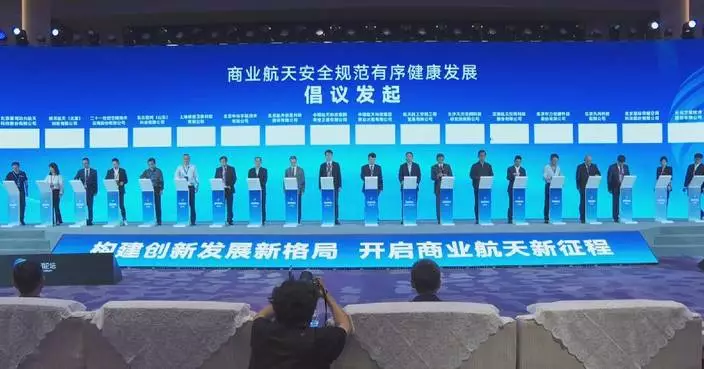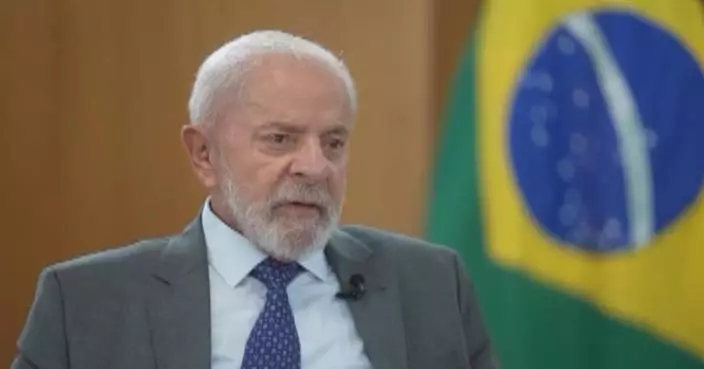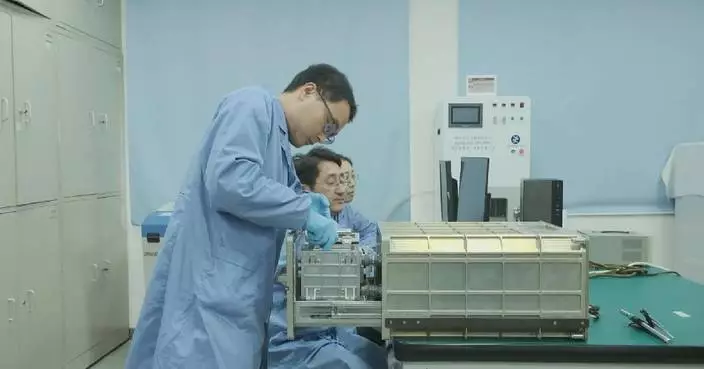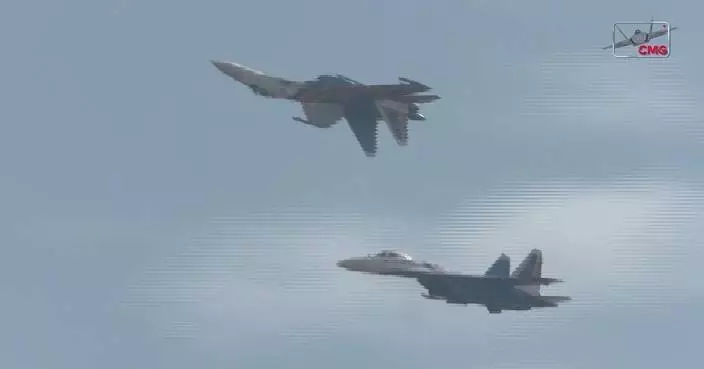The International Atomic Energy Agency (IAEA) said on Friday that its team at the Zaporizhzhia Nuclear Power Plant (ZNPP) has continued to hear explosions daily, although no damage reports have been received regarding the plant.
Rafael Grossi, Director General of the IAEA, made the above statement. He also mentioned that the IAEA is aware of a media report that a resident in the nearby town of Enerhodar, where most of the plant staff live, was killed in a military strike. The IAEA does not have information on whether the individual was a ZNPP staff member.
In addition, Russian media reported that the country's Atomic Energy Corporation Rosatom informed the IAEA on Friday that Ukraine had launched a large-scale attack on Enerhodar.
The Ukrainian side has not yet responded to Russia's claim.
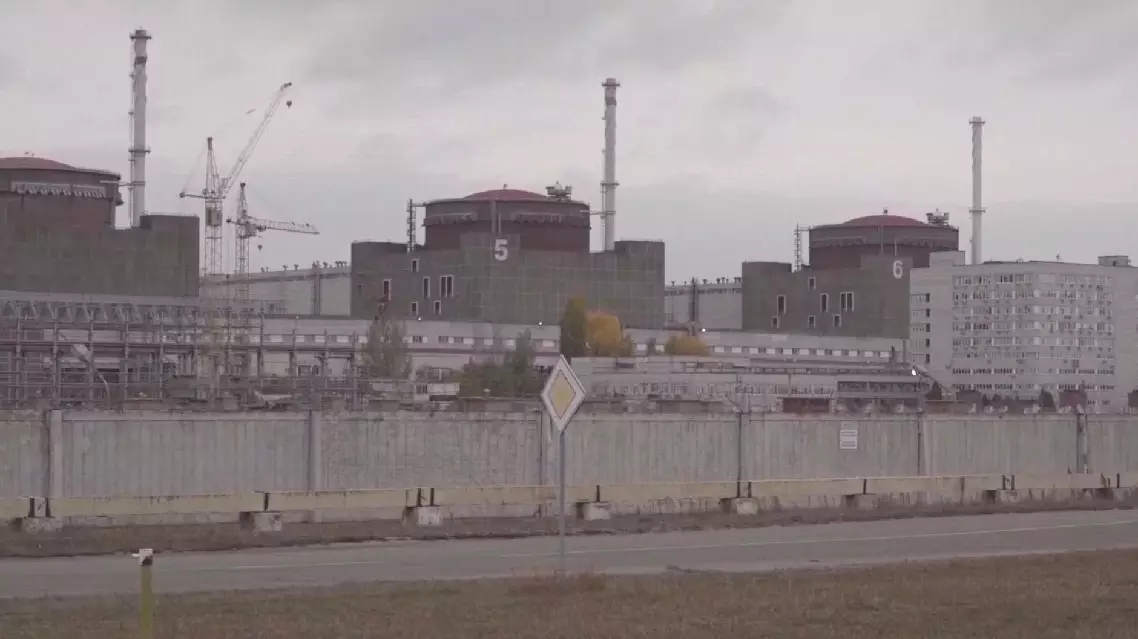
IAEA reports hearing explosions at Zaporizhzhia nuclear power plant
The 26th China High-Tech Fair concluded on Saturday, where 869 contracts were signed with their intended transaction volume surpassing 120 billion yuan (about 16.8 billion U.S. dollars).
The event opened on Thursday in south China's tech hub of Shenzhen, with over 4,300 new products and technologies making their debut.
As China's leading technology show, the three-day CHTF attracted nearly 5,000 companies and organizations from over 100 countries and regions. More than 1,000 purchasing delegations around the world visited the fair, and more than 400,000 professional visitors negotiated deals at the fair.
Many companies and institutes have brought their most advanced products and technologies to the exhibition.
Shenzhen-based PaXini Technology, a cutting-edge haptic technology and humanoid robotics company, has brought its new generation multi-dimensional tactile dexterous hand to the exhibition, which is able to accurately imitate human movements with great accuracy by combining with AI vision.
When people move their hands in front of a camera that connects to the system, the dexterous hand can accurately reproduce every precise movement through visual recognition.
"After integrating [AI] vision and combing it with the multi-dimensional tactile sensor, our dexterous hand products can achieve very high-precision clamping functions in a wide range of scenarios. Our dexterous hand’s repeated positioning accuracy can reach plus or minus 0.05 millimeters," said Nie Xiangru, a partner of PaXini.
The research and development team introduced that this dexterous hand is a collection of various latest technology products. In addition to the tactile sensor, a hollow cup motor, is also installed, which is like muscles of fingers that helps with the movement of the four fingers on the dexterous hand. AI vision and motion algorithms, which is a concentrated presentation of the industry's technology level, are also important to the advanced high-tech product.
Shenzhen is now building an industrial chain ecosystem around the dexterous hand to facilitate the robotics industry to make breakthroughs.
"We demonstrate the system in this exhibition area, as we actually want to introduce more about the industry, which not only produces hardware, but also has intelligent capabilities. It is a system that looks small but actually is very comprehensive," said Ding Ning, deputy director of Shenzhen Institute of Artificial Intelligence and Robotics for Society.
At the exhibition, there is also a project done with the collaborative efforts involving the government, industry and university achieving data encryption for sensors at extremely low cost by combining security algorithm chips with Internet of Things (IoT) chips.
"After our hard work over the past decade, we brought its security capabilities to a level that currently takes 32 mole years to crack a single key. What does 32 mole years mean? That is to say, with the global computing power doubling every year, it will take 32 years to crack a single key," said Hu Xinbo, director of Tsinghua University Hefei Institute of Technology Data Security Chip Laboratory.
With the total exhibition area topping 300,000 square meters, this year's CHTF has set up 22 exhibition halls for various sectors such as AI and robotics, low-altitude economy and aerospace, future technologies and smart cities, and new materials, showcasing a number of the latest high-tech products and technologies.
More than 30,000 institutions and organizations around the world, including government departments, central state-owned enterprises, business associations, research institutes, universities, and multinational companies, have organized delegations to visit and purchase at the grand event.
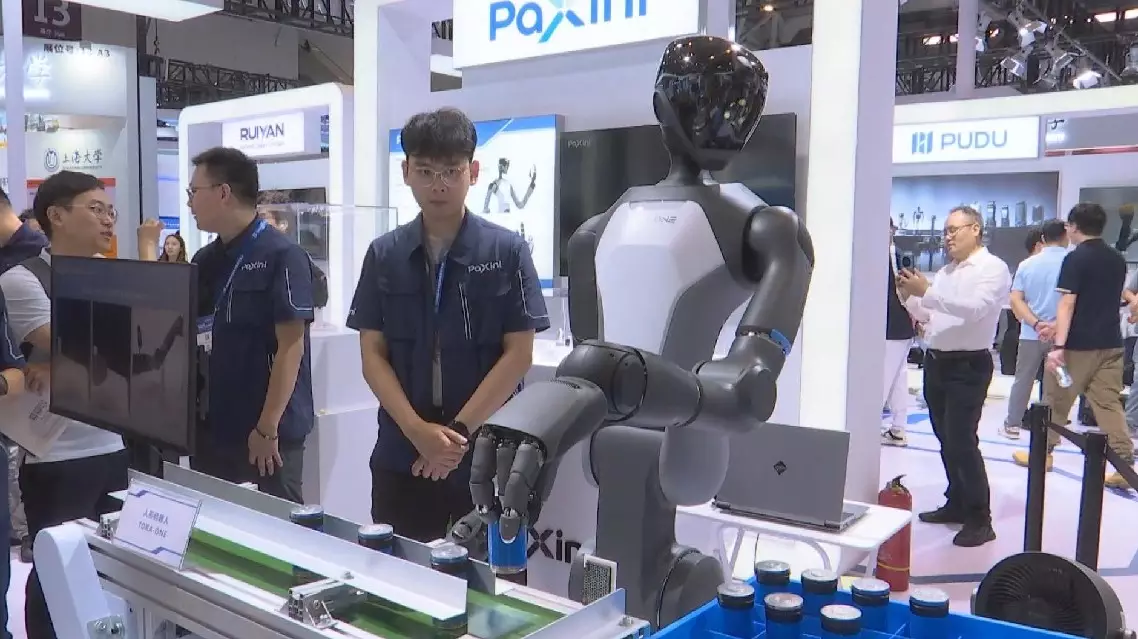
China Hi-Tech Fair reaps over 120 bln yuan in intended transaction volume






